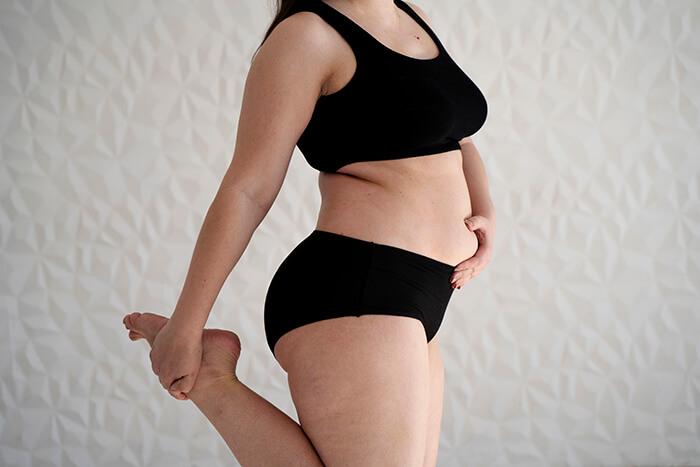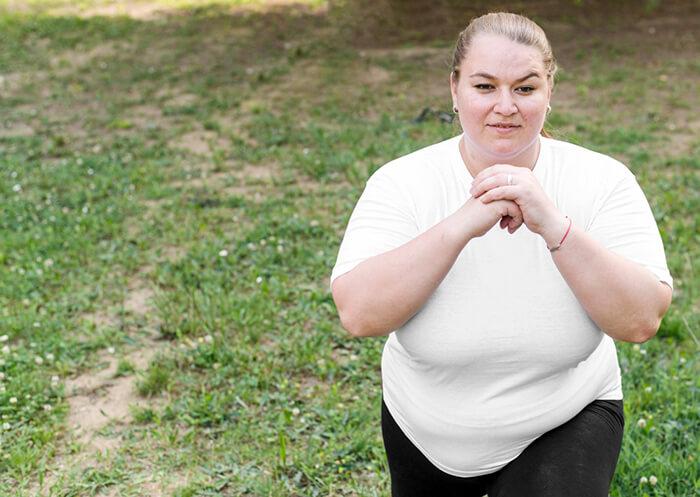Before & After Tummy Tuck Post-Weight Loss
Candidates
Good candidates for a tummy tuck after weight loss will have significant loose abdominal skin and be close to or at their goal weight. They should be in relatively good health and any medical conditions under control. Patients should understand what is possible with the procedure and have realistic expectations for the outcome.
Dr. Jonov will review a patient’s current health, lifestyle, and medical history to determine if a patient is a good candidate for an abdominoplasty surgery after weight loss.
Abdominoplasty Surgery
Tummy tuck surgery usually involves a hip-to-hip incision that sits low on the abdomen. Through this incision, Dr. Jonov will repair abdominal muscle separation, remove extra skin, and tighten the remaining skin. A new belly button is often created and Dr. Jonov takes time to place and create a natural looking belly button.
Certain types of abdominoplasty surgery may use a larger scar that may curve around the hips. It is rare for a post-weight loss procedure to be a mini tummy tuck, but it is possible in some circumstances. Patients will see an immediate difference in the look of their abdomen, but the final results will take around a year to settle.
Recovery Timeline & Instructions
In the days following tummy tuck surgery, patients may begin to experience side effects such as bruising, swelling, muscle soreness, pain, and skin numbness. Dr. Jonov will prescribe medications to help make the recovery as comfortable as possible. For the first two to three weeks, patients will need to follow instructions such as:
- Do not stand or lay straight up, keep the body bent at roughly 90 degrees
- Get up every few hours and walk, but do not partake in strenuous activities or exercise
- Do not submerge the incision and take sponge baths
- Attend post-operative appointments
- Wear compression garments
Patients can slowly get back to their normal lives. Most can return to work within three weeks and some light exercise may begin at four weeks. Strenuous exercise and heavy lifting generally does not resume for at least eight weeks. Patients will continue wearing their compression garments for several weeks, slowly tapering their use based on Dr. Jonov’s instructions.
Frequently Asked Questions
Does Insurance Cover Tummy Tuck After Weight Loss?
No, insurance rarely covers any type of tummy tuck. A tummy tuck following weight loss—even if the weight loss was covered—is considered purely cosmetic and usually not eligible for insurance coverage.
How Many Years Does A Tummy Tuck Last?
The results of a tummy tuck surgery can be permanent. Patients should continue to live a healthy lifestyle and not get pregnant after the surgery to maintain their abdominoplasty results.
Can You Combine A Tummy Tuck & Liposuction?
Yes, it is very common to combine a tummy tuck with liposuction post-weight loss. Liposuction removes small portions of fat and is also frequently mistaken for a weight loss surgery. Performing liposuction can help address adjacent parts of the body to keep them in proportion and can help prevent asymmetries.
How Much Should I Save Up For A Tummy Tuck After Weight Loss In Seattle?
The cost of a tummy tuck after weight loss in Seattle varies based on the extent of the surgery and specifics of the procedure. Patients can find our starting prices for our tummy tucks on our price list and Price Simulator.
Seattle Plastic Surgery does accept financing from Care Credit, Alphaeon, and United Medical Credit. Major credit cards are also accepted.
The Best Abdominoplasty After Weight Loss In Seattle
Dr. Craig Jonov is a cosmetic surgeon with three decades of experience performing abdominoplasty surgery. He helps patients create an individualized surgical plan that fits their needs. Dr. Jonov takes a compassionate and honest approach to his surgeries and ensures that patients understand the needs and risks of the procedure. Seattle Plastic Surgery performs the best abdominoplasty after weight loss in Seattle.
To learn more and schedule a consultation, call us at 206-324-1120. Patients can also reach out online via chat, contact form, and Price Simulator.



